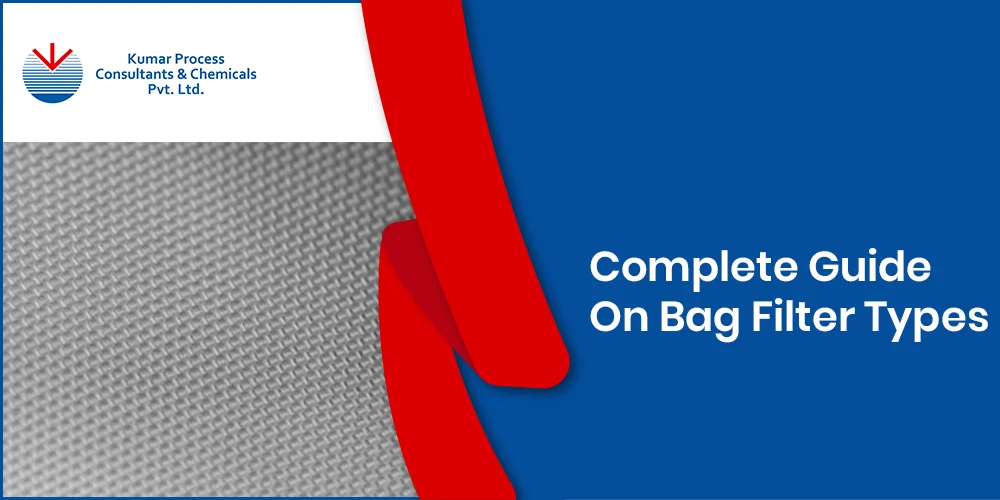


In industrial applications, the filtering of liquid & gas is most important to maintain a clean and safe environment. Bag filters are mainly used for removing unwanted solid particles from fluid and gas streams, to improve product quality and increase service life. Learn about the different bag filter types & their functions. Taking an in depth knowledge of bag filter design, its working principle, and maintenance requirements is must to choose the right type of filter as per business needs.
Bag filters are performing the filtration of solid particles by working on the principle of capturing contaminants using fabric filter bags to produce clean gas & fluid flow as per requirements of industrial applications.
The filtration process in a bag is purely by physically capturing particles over the weave of the cloth. It is largely a surface filtration process, when monofilament or multifilament woven bags are used. In certain cases, bags made of non woven fabric are used. Here, there may be some degree of depth filtration. When fluid & gas passed through the filter housing, the filter media filters out solid particles through various mechanisms including:
Once the contaminants accumulate on the filter bag, the system requires periodic cleaning or replacement to maintain efficient performance.
Many other types of bag filters are available mainly designed for specific applications. Choosing the right type of bag filter depends on factors such as material, filtration efficiency, and industrial application needs. Below are the most commonly used bag filters:
This type of bag filter is commonly used & constructed with materials like Polypropylene, Nylon, Cotton, etc. The micron rating of this filter depends on the thickness of the fiber diameter, as well as the type of weave used. Dutch weave bags offer finer filtration ratings over plain weave bags, often at the expense of additional pressure drop. Both monofilament and multifilament bags are available
Non-woven or felted bags are made from felted fibers, which are used frequently in the pharmaceutical industry in powder processing. These bags capture particles on the fabric as well as within the thickness of the felt.
Bag filtration systems are widely used in industrial application to produce clean air & liquid quality. The efficiency of filter systems is measured through factors like filtration velocity, selected filter media, operating conditions, and cleaning mechanisms.
Their efficiency is influenced by several critical factors, including filtration velocity, filter media selection, operating conditions, and cleaning mechanisms. Optimizing these aspects enhances filtration performance, durability, and maintenance efficiency.
At Kumar Process, we specialize in manufacturing high-performance bag filtration systems designed to enhance reliability and efficiency. With over 40 years of industry expertise, we have developed proprietary bag fitting designs that eliminate common filtration issues, such as bypass caused by poor sealing. Our high quality filtration solutions offer easy maintenance, reduce downtime and operational costs. Our filtration solutions help industries improve product quality, reduce waste disposal costs.
A bag filter is a device used to remove dust and contaminants from air or gas streams using fabric material. It produces clean air by trapping impurities while allowing purified air to pass. Similarly, bag filters can be used to capture large amounts of solids during filtration of liquids.
Dust laden air passes through fabric bags, trapping particles while clean air exits. Collected dust is periodically removed using pulse jets, reverse airflow, or shaking to maintain efficiency. In case of liquid filtration, the solids are captured in the bag during in to out flow, and once the bag is full, the process is stopped or diverted, and bags are removed, cleaned, and reinstalled.